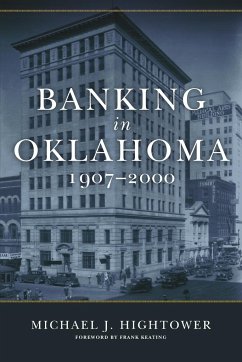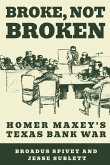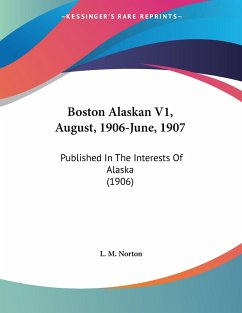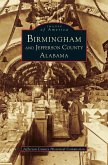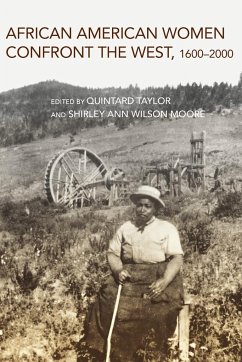The story of banking in twentieth-century Oklahoma is also the story of the Sooner State's first hundred years, as Michael J. Hightower's new book demonstrates. Oklahoma statehood coincided with the Panic of 1907, and both events signaled seismic shifts in state banking practices. Much as Oklahoma banks shed their frontier persona to become more tightly integrated in the national economy, so too was decentralized banking revealed as an anachronism, utterly unsuited to an increasingly global economy. With creation of the Federal Reserve System in 1913 and subsequent choice of Oklahoma City as the location for a branch bank, frontier banking began yielding to systems commensurate with the needs of the new century. Through meticulous research and personal interviews with bankers statewide, Hightower has crafted a compelling narrative of Oklahoma banking in the twentieth century. One of the first acts of the new state legislature was to guarantee that depositors in state-chartered banks would never lose a penny. Meanwhile, land and oil speculators and the bankers who funded their dreams were elevating get-rich-quick (and often get-poor-quick) schemes to an art form. In defense of country banks, the Oklahoma Bankers Association dispatched armed vigilantes to stop robbers in their tracks. Subsequent developments in Oklahoma banking include adaptation to regulations spawned by the Great Depression, the post-World War II boom, the 1980s depression in the oil patch, and changes fostered by rapid-fire advances in technology and communication. The demise of Penn Square Bank offers one of history's few unambiguous lessons, and it warrants two chapters-one on the rise, and one on the fall. Increasing regulation of the banking industry, the survival of family banks, and the resilience of community banking are consistent themes in a state that is only a few generations removed from the frontier.
Hinweis: Dieser Artikel kann nur an eine deutsche Lieferadresse ausgeliefert werden.
Hinweis: Dieser Artikel kann nur an eine deutsche Lieferadresse ausgeliefert werden.

